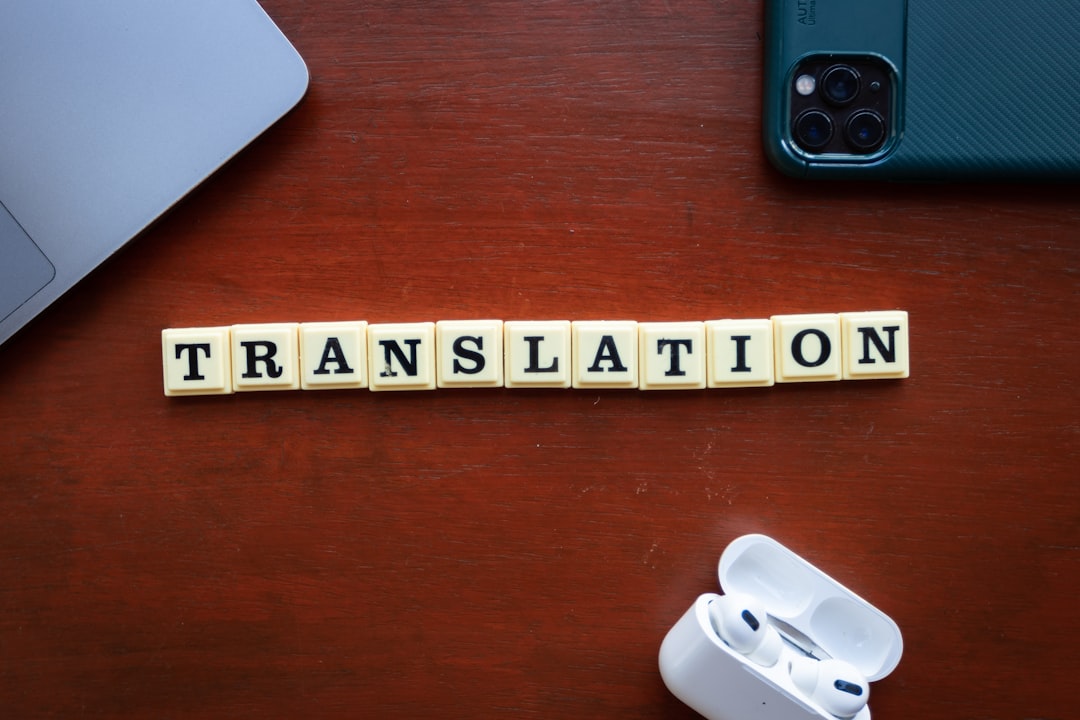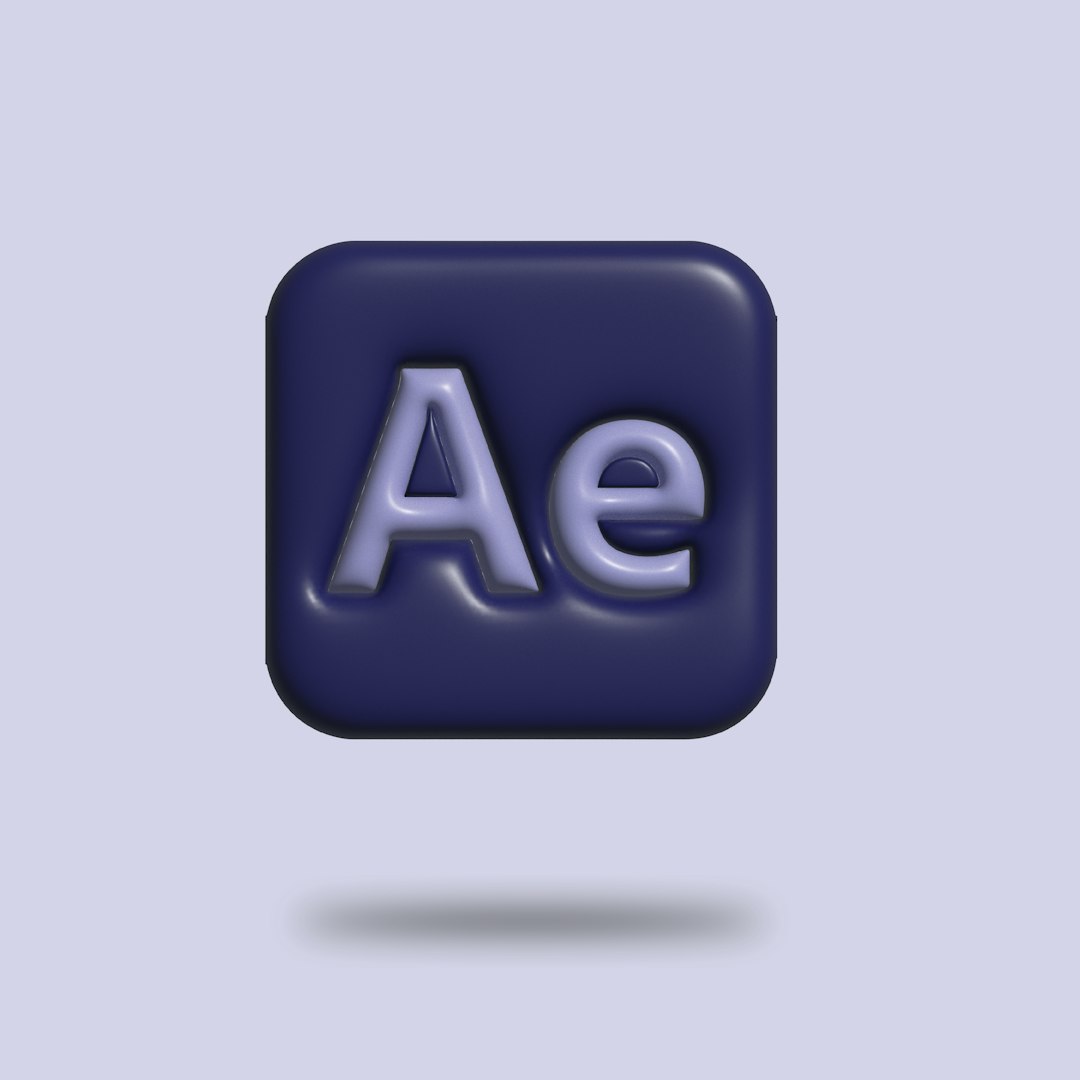
As the demand for global content continues to grow, video translation AI has emerged as a powerful tool for creators, businesses, and educators. From automatic captions and multilingual subtitles to seamless voice dubbing, AI has revolutionized how videos communicate across language barriers. But which AI tools truly stand out in this fast-evolving space? In this guide, we compare the best video translation AI platforms based on features, pricing models, and translation performance.
1. Understanding the Core Capabilities
Before diving into specific products, it’s essential to understand what features typically matter in video translation solutions:
- Speech-to-Text Accuracy: Can the AI accurately transcribe spoken words into text across different accents and audio qualities?
- Translation Quality: How fluent and context-aware are the translated subtitles or dubbed audio?
- Dubbing Technology: Does the tool offer high-quality voice synthesis or voice cloning?
- Languages Supported: A broader range increases global accessibility.
- Integration and Usability: How easy is it to upload, process, edit, and export videos?
- Processing Speed: Especially critical for large batches or long-form content.
Let’s explore the platforms that currently lead the industry.
2. Top Video Translation AI Tools Compared
1. DeepL Translate + Whisper (with third-party integrations)
Overview: DeepL’s excellent text translation quality, when paired with OpenAI’s Whisper for transcription, offers a near-state-of-the-art DIY stack for video translation.
- Features: Manual or semi-automated workflows using Whisper for transcription/subtitling, then DeepL for language conversion.
- Pros: Unmatched translation accuracy; great for professionals who need custom workflows.
- Cons: Requires technical knowledge or third-party platforms to combine tools effectively.
- Languages Supported: Over 30 for Whisper, over 25 for DeepL.
- Pricing: Whisper is free; DeepL has a free tier and pro plans starting at $8.74/month.
Performance: Context handling and tone preservation is excellent, but no built-in dubbing or video processing UI.

2. Veed.io
Overview: Veed.io is a popular online video editing tool that includes AI-powered subtitle and translation options.
- Features: Auto transcription, subtitle translation, video editing tools, and limited synthetic voice dubbing.
- Pros: User-friendly interface, good subtitle accuracy, quick processing.
- Cons: Voice dubbing is basic and lacks emotional nuance; not ideal for professional dubbing needs.
- Languages Supported: 100+ subtitle translation languages.
- Pricing: Starts at $18/month; Pro plan required for translations and brand kit features.
Performance: Reliable for social media workflows and marketing teams needing multilingual subtitles fast.
3. HeyGen
Overview: Known for its AI avatars and dubbing technology, HeyGen has made waves by offering professional-grade voice translations that match lip movements.
- Features: Lip-synced AI dubbing, voice cloning, multi-language voiceover, avatars.
- Pros: High realism in voiceovers; maintains sync with lip movements; strong for corporate presentations and training videos.
- Cons: Avatar features may not suit all use cases; higher-cost tiers required for premium dubbing.
- Languages Supported: Over 40 for dubbing with growing voice model library.
- Pricing: Free plan with watermark; Paid plans from $30/month. Custom pricing for high volume.
Performance: Among the best in voice dubbing realism and speaker tone continuity.

4. Descript
Overview: Descript is an AI-powered audio and video editing tool that features transcription, voice generation, and text-based video editing.
- Features: Transcripts, overdub AI voices, multi-language subtitles, and overdub voice cloning for limited languages.
- Pros: Excellent editing based on transcript; overdub is great for podcast-style videos.
- Cons: Translation fewer than 10 languages; more suited to monolingual workflows with some localized content.
- Languages Supported: 5+ for overdub; subtitles in up to 20+ languages.
- Pricing: Free plan available; Pro plans from $12–$24/month.
Performance: Great for script-driven content; limited for videos needing emotional range in dubbing.
5. Nova AI
Overview: Nova AI is a dedicated AI video editing and translation tool that combines subtitle generation and automatic translation with a clean UI.
- Features: High-accuracy subtitle generation, one-click translation, and basic video editing online.
- Pros: Very intuitive; supports multiple formats.
- Cons: No voice dubbing functionality; subtitles only.
- Languages Supported: Approx. 40 for translation.
- Pricing: Free basic plan; Pro version starts at $10/month.
Performance: Best for teams with high subtitle demands and limited in-house capabilities.
3. Pricing Comparison at a Glance
| Platform | Free Plan | Paid Plan Starts At | Includes Voice Dubbing? |
|---|---|---|---|
| DeepL + Whisper | Yes | $8.74/month (DeepL) | No |
| Veed.io | Yes | $18/month | Basic |
| HeyGen | Yes | $30/month | Yes |
| Descript | Yes | $12/month | Limited |
| Nova AI | Yes | $10/month | No |
4. Choosing the Right Tool for You
Each platform has its target audience and strengths. Here are our recommendations based on user needs:
- For professional dubbing: HeyGen is unmatched for lip-synched voiceovers in multiple languages.
- For subtitle-focused workflows: Nova AI and Veed.io offer excellent translation features with user-friendly interfaces.
- For script-driven editing: Descript makes it easy to edit video through text, ideal for creators and podcast producers.
- For custom workflows or developers: The combination of Whisper + DeepL can deliver the highest translation accuracy with tailored integrations.

5. Future Trends and Final Thoughts
The landscape for AI video translation is rapidly evolving. With deep learning models continuing to improve speech recognition and contextual linguistics,






